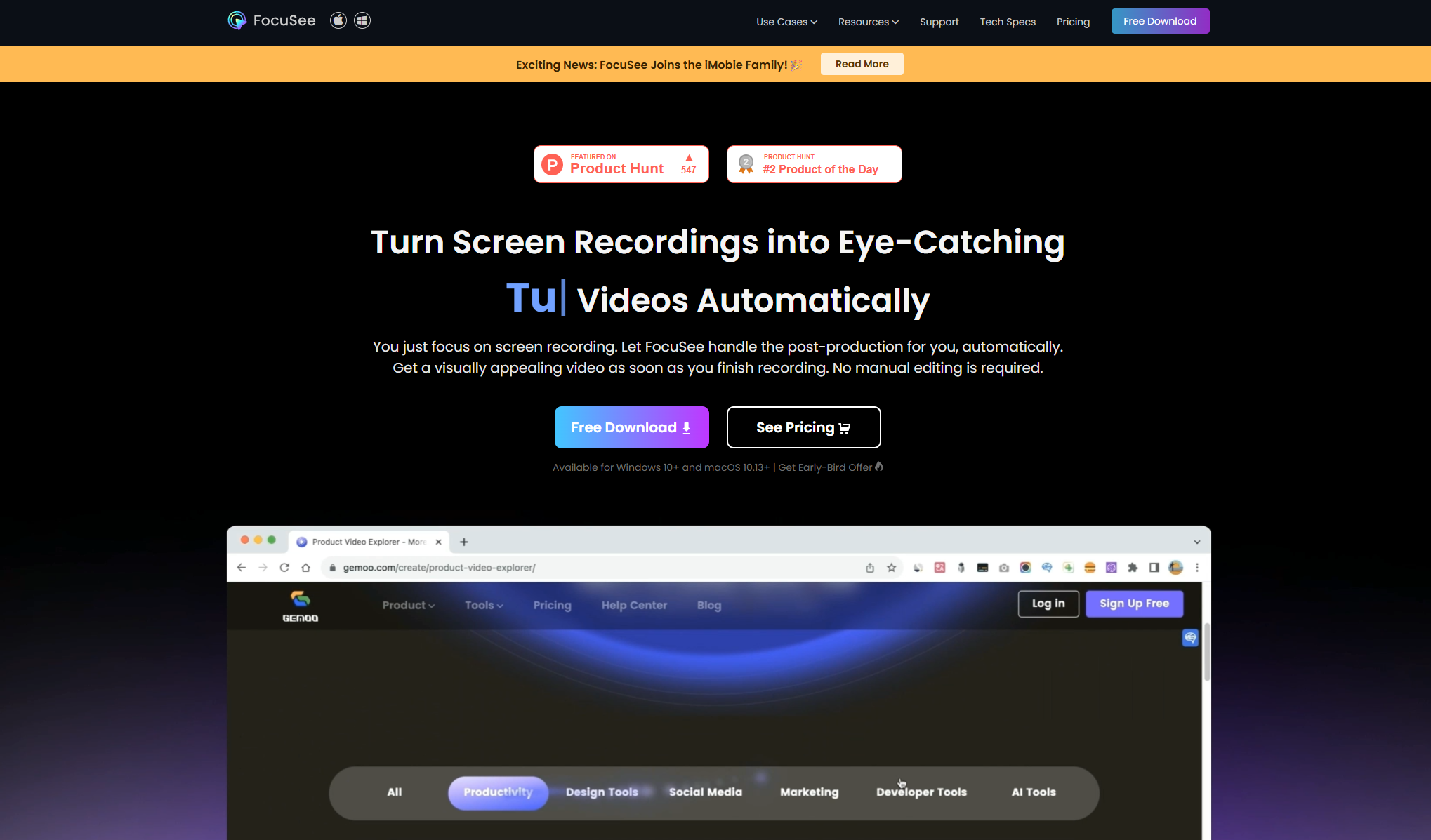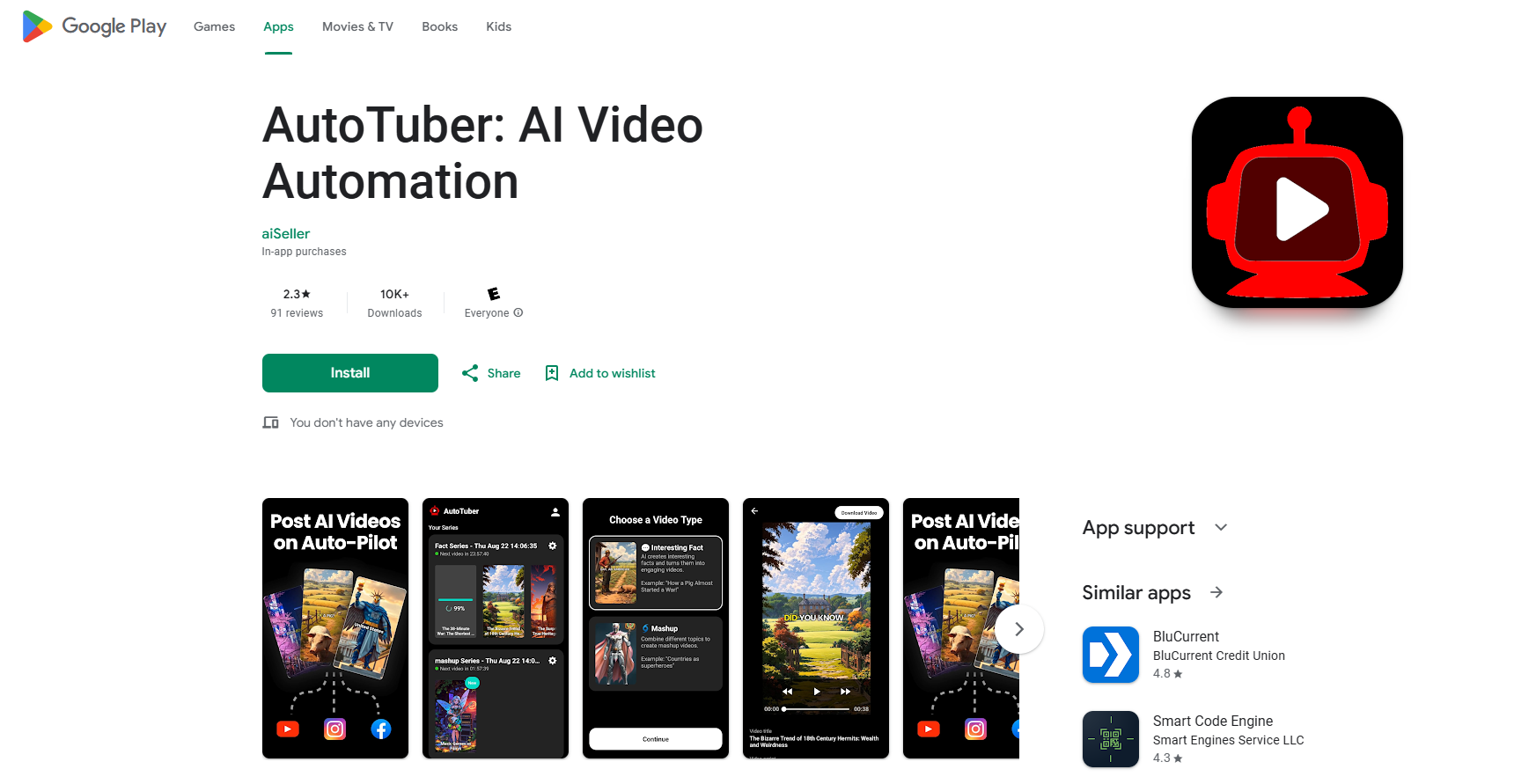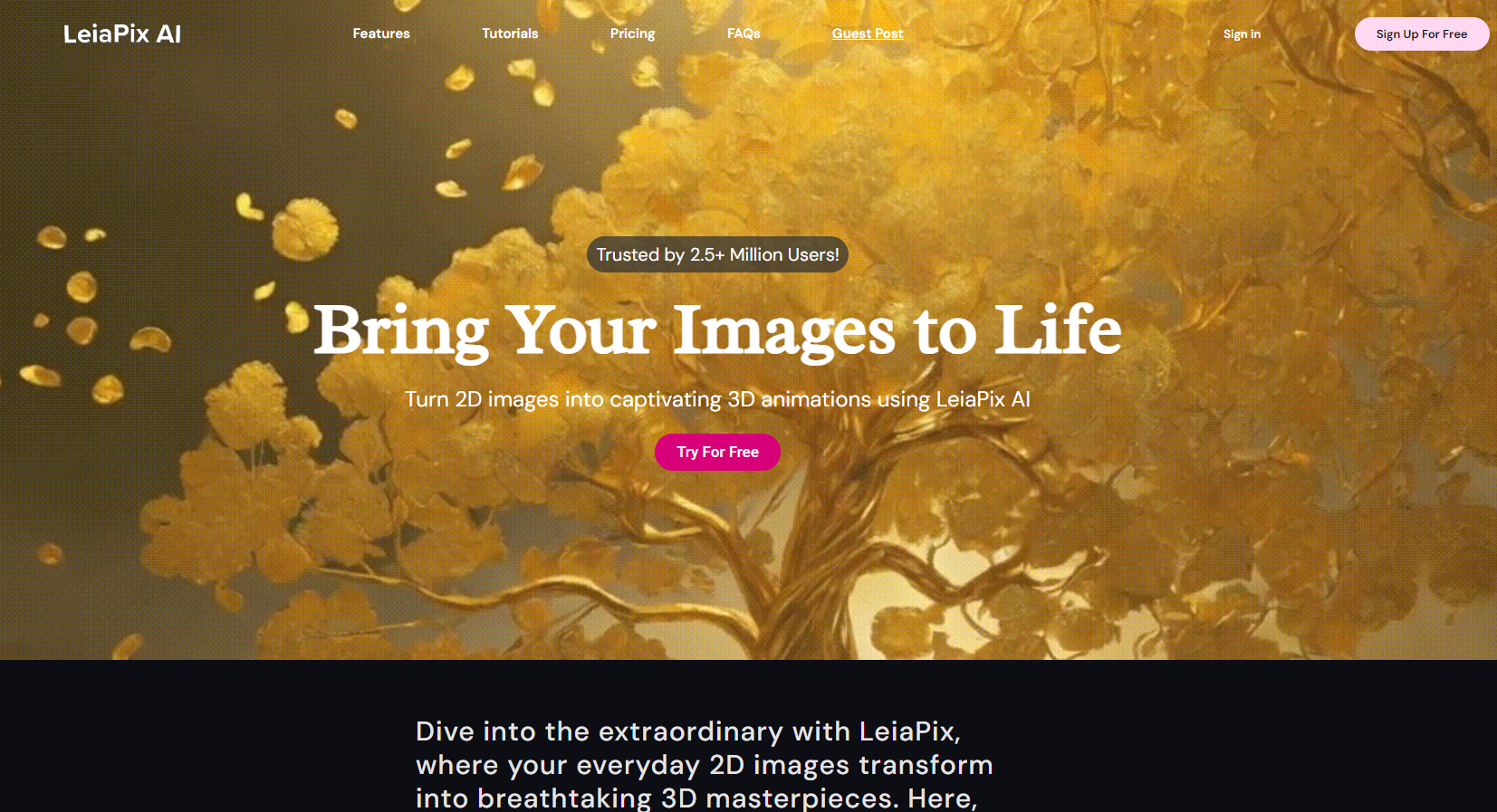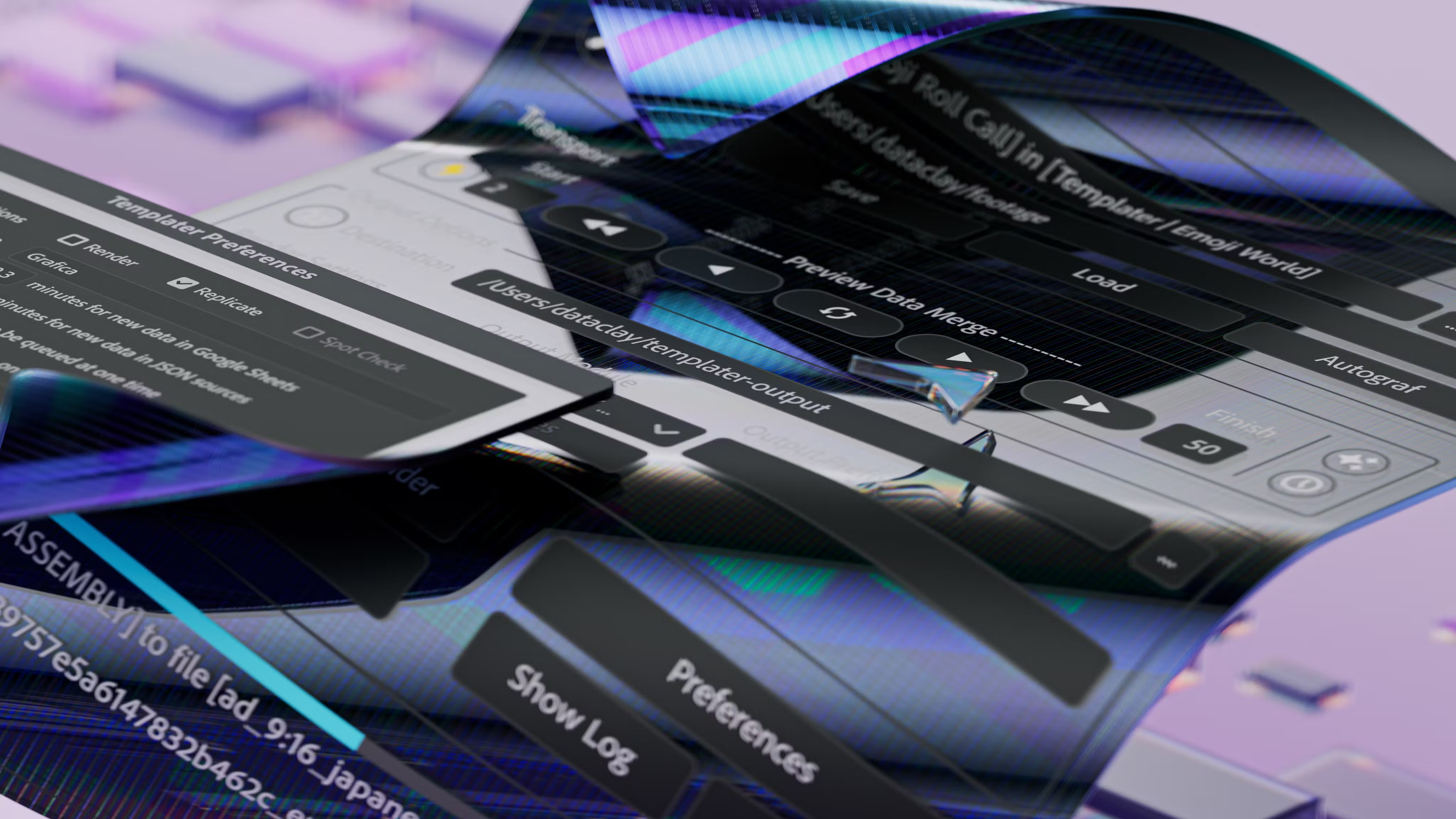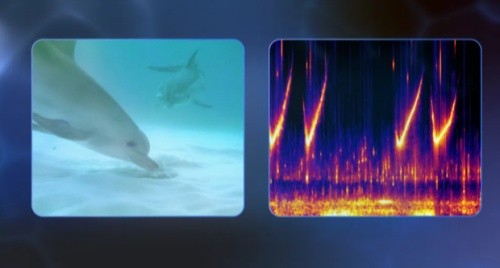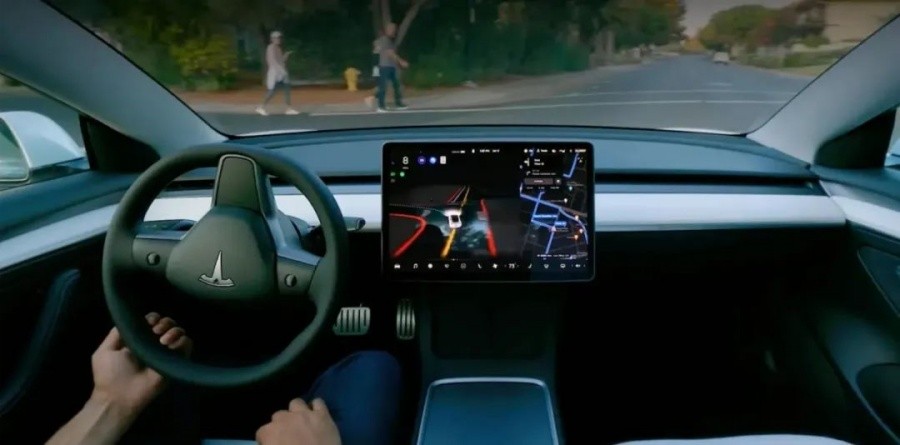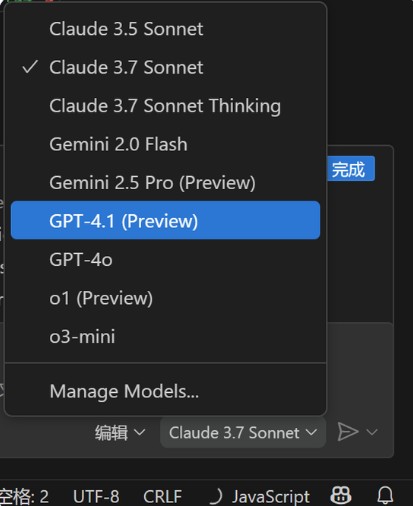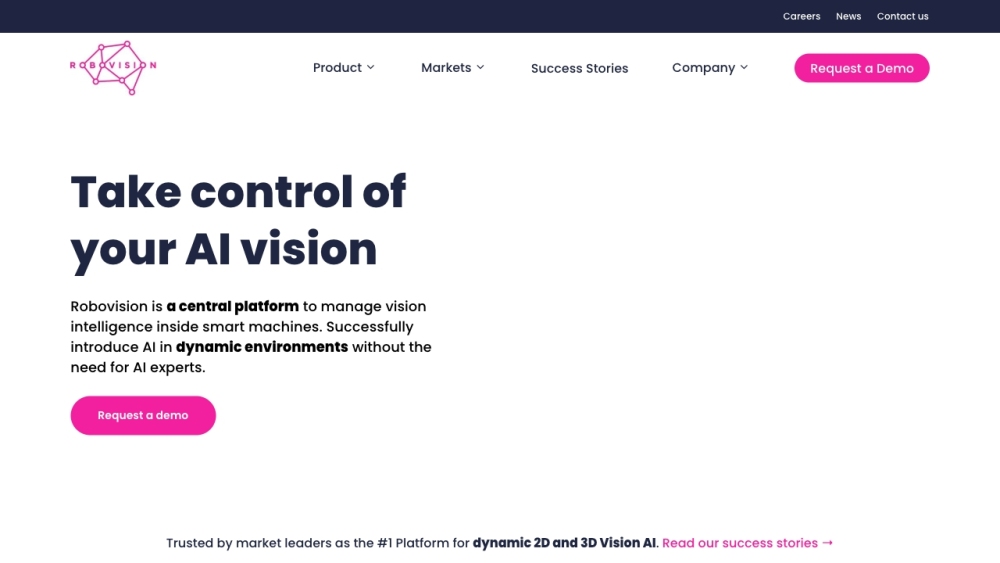
What is Robovision?
Robovision is a comprehensive computer vision AI platform that helps companies automate and enhance their business operations through smart vision applications. It offers an end-to-end solution for the entire AI lifecycle, from development to implementation to scaling. Designed to be user-friendly, it allows teams without AI or engineering backgrounds to create and adapt complex vision AI models. Robovision serves various industries including agriculture, manufacturing, healthcare, and retail.
Key Features of Robovision
Robovision is a computer vision AI platform that enables companies to develop, deploy, and manage vision intelligence solutions in dynamic environments without requiring AI expertise. It features an intuitive no-code interface, supports the full AI lifecycle from data labeling to model deployment, and includes edge computing capabilities for real-time processing. The platform allows easy adaptation of AI models, facilitates collaboration between teams, and can be applied across industries like manufacturing, agriculture, healthcare, and retail.
No-code AI development: Users without technical backgrounds can build and adapt complex vision AI applications independently.
Full AI lifecycle management: Covers the process from data labeling and model training to deployment and retraining.
Edge AI capabilities: Enables real-time, on-premises automation solutions for latency-critical applications.
Flexible deployment options: Supports cloud, edge, and hybrid deployments to scale workflows globally.
Collaborative environment: Facilitates teamwork among data scientists, engineers, and business users.
Use Cases of Robovision
Manufacturing quality control: Automated defect detection and classification in production lines, such as in semiconductor wafer manufacturing.
Agricultural robotics: Powering computer vision for horticultural robots to automate tasks like plant inspection and harvesting.
Medical image analysis: Assisting radiologists in analyzing CT scans and other medical imaging for improved diagnosis.
Retail automation: Enabling frictionless shopping experiences through computer vision technologies.
Food manufacturing inspection: Automating quality control processes in food production to ensure safety and consistency.
